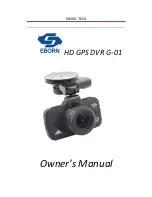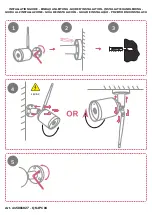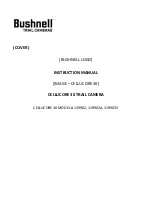
V1.02
Thom Hogan’s Complete Guide to the Nikon D300
Page 733
Complete Guide
. For most other programs, you’ll need to
consult their documentation.
Connecting to a Computer
The D300 includes a USB (2.0 compatible) interface for
connecting the camera to computers. This connection type is
available on most computers made in the past few years. Your
computer must have the appropriate interface available and
be configured correctly (users of older versions of Windows
need to be sure that the proper drivers are installed and active
[which is typically done when you install Nikon Transfer and
your card reader]; all recent Macs will automatically
recognize the D300 and start iPhoto, even though you haven’t
installed any specific D300 software!).
The D300 comes with a UC-E4 USB cable, though it’s
relatively short. If you choose to replace Nikon’s cable with
one from a third party, note that ~15 feet (5m) is the
maximum distance at which the D300 can reliably
communicate with the computer through USB
164
.
We’ve got one other issue to deal with: how the D300
presents itself on the USB port. Essentially, there are two
options:
•
Mass Storage device
(
Mass Storage
). In this mode, the
D300 gets out of the way and acts basically like a (very
164
Nikon warns that high-speed transfers don’t work if you use a hub. Put another
way, Nikon disclaims support beyond the usual 15 feet (5m) when the camera is
directly connected to a computer USB port.
The USB connector is located on the left side of
the camera under the rubber door and is labeled
. It is the small, shiny connector situated at the
bottom of the cavity. Note that the D1 series used
Firewire, not USB, to connect to the computer.
















































